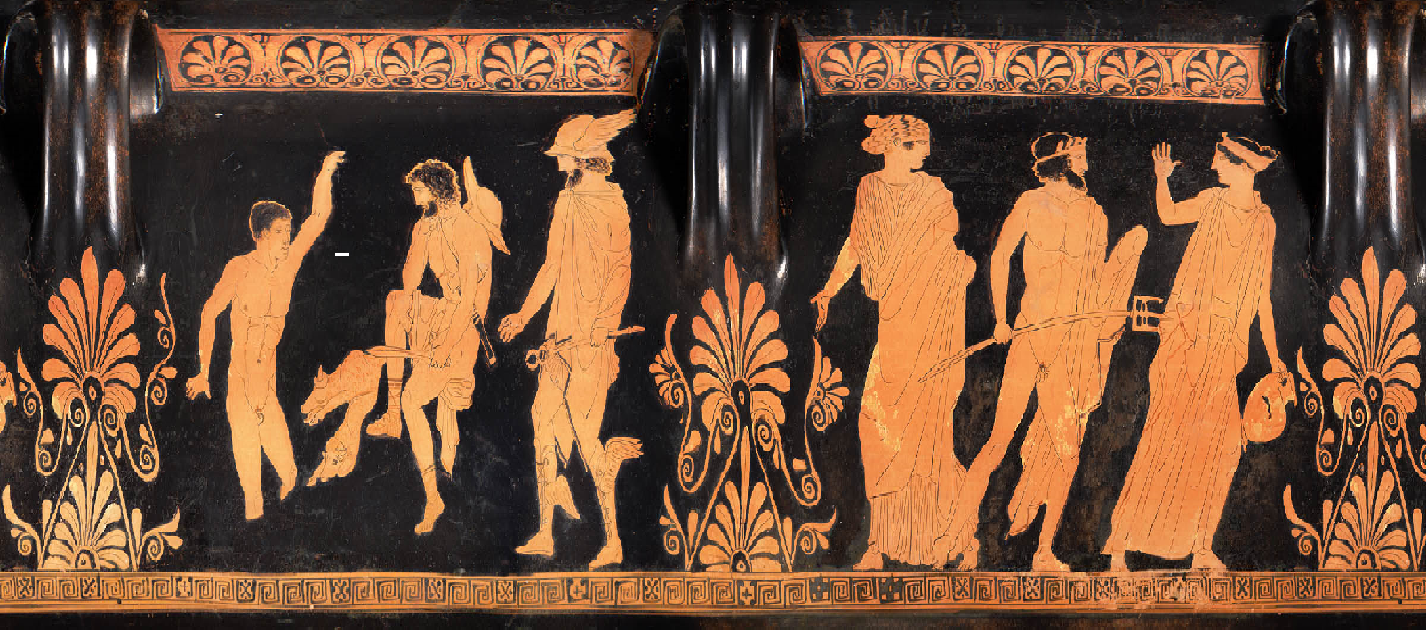
АНТАПОДОСИС ЛИУТПРАНДА, ИЛИ КАК УСТРОИТЬСЯ НА СЛУЖБУ ПРИ САКСОНСКОМ ДВОРЕ В Х ВЕКЕ
Одиссей. Человек в истории-2023 (№2): История науки ПРЕПРИНТ (pages 5-33) | Брахман Анастасия Александровна
Статья посвящена особенностям саморепрезентации и способам её конструирования у клирика X в. Лиутпранда Кремонского в его сочинениях Антаподосис и Пасхальная проповедь. Воссоздавая особенности биографии Лиутпранда по источникам и анализируя новейшую историографию, автор доказывает, что, рисуя себя искусным дипломатом, ученым и интеллектуалом, знатоком греческого языка, Лиутпранд стремился сделать карьеру при дворе императора Оттона I, пытаясь добиться назначения послом, а позже — служителем императорской капеллы. Лиутпранду необходимо было преодолеть память о своей неверности предыдущему королю и показать себя верным слугой правителя. Для этого он использует библейские образы, а также перенимает риторику из «Моралий на Книгу Иова» Григория Великого.
Antapodosis by Liutprand of Cremona, or how to get a job at the Saxon court in the Xth century
The article represents the peculiarities of self-representation and the methods of its construction by a clergyman of the 10th century Liutprand of Cremona in his works “Antapodosis” and “Homelia Paschalis”. Recreating the features of Liutprand’s biography from sources and analyzing the latest historiography, the author proves that portraying himself as a skilled diplomat, scientist and intellectual, a connoisseur of the Greek language, Liutprand aimed to make a career at the court of Emperor Otto I, trying to achieve appointment as an ambassador, and later as a minister of the imperial chapel. Liutprand needed to overcome the memory of his disloyalty to the previous king and to show himself a faithful servant of the ruler. To do this, he uses biblical imagery, and also adopts rhetoric from Gregory the Great’s “Moralia in Job.”The article represents the peculiarities of self-representation and the methods of its construction by a clergyman of the 10th century Liutprand of Cremona in his works “Antapodosis” and “Homelia Paschalis”. Recreating the features of Liutprand’s biography from sources and analyzing the latest historiography, the author proves that portraying himself as a skilled diplomat, scientist and intellectual, a connoisseur of the Greek language, Liutprand aimed to make a career at the court of Emperor Otto I, trying to achieve appointment as an ambassador, and later as a minister of the imperial chapel. Liutprand needed to overcome the memory of his disloyalty to the previous king and to show himself a faithful servant of the ruler. To do this, he uses biblical imagery, and also adopts rhetoric from Gregory the Great’s “Moralia in Job.”The article represents the peculiarities of self-representation and the methods of its construction by a clergyman of the 10th century Liutprand of Cremona in his works “Antapodosis” and “Homelia Paschalis”. Recreating the features of Liutprand’s biography from sources and analyzing the latest historiography, the author proves that portraying himself as a skilled diplomat, scientist and intellectual, a connoisseur of the Greek language, Liutprand aimed to make a career at the court of Emperor Otto I, trying to achieve appointment as an ambassador, and later as a minister of the imperial chapel. Liutprand needed to overcome the memory of his disloyalty to the previous king and to show himself a faithful servant of the ruler. To do this, he uses biblical imagery, and also adopts rhetoric from Gregory the Great’s “Moralia in Job.”
References